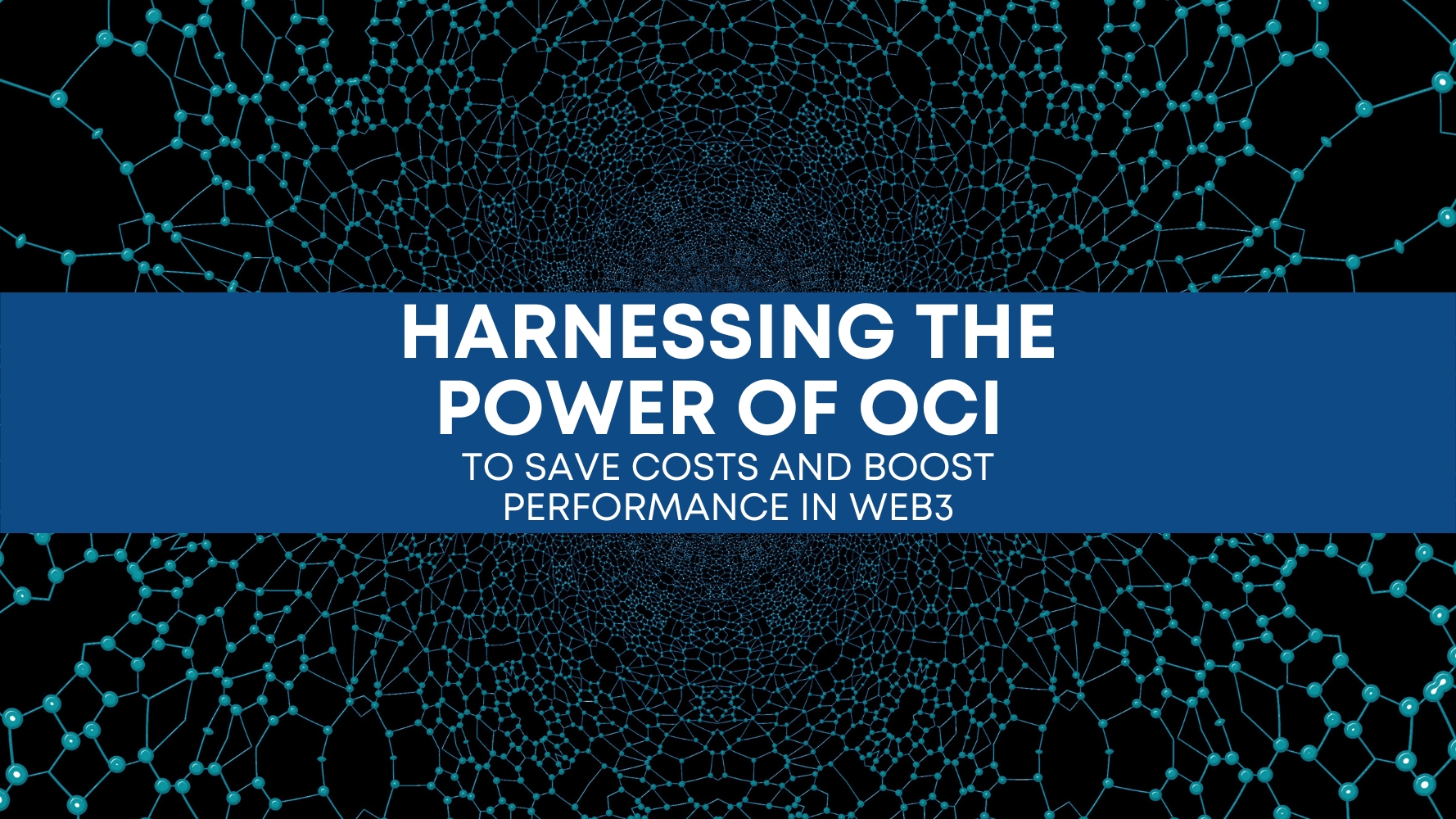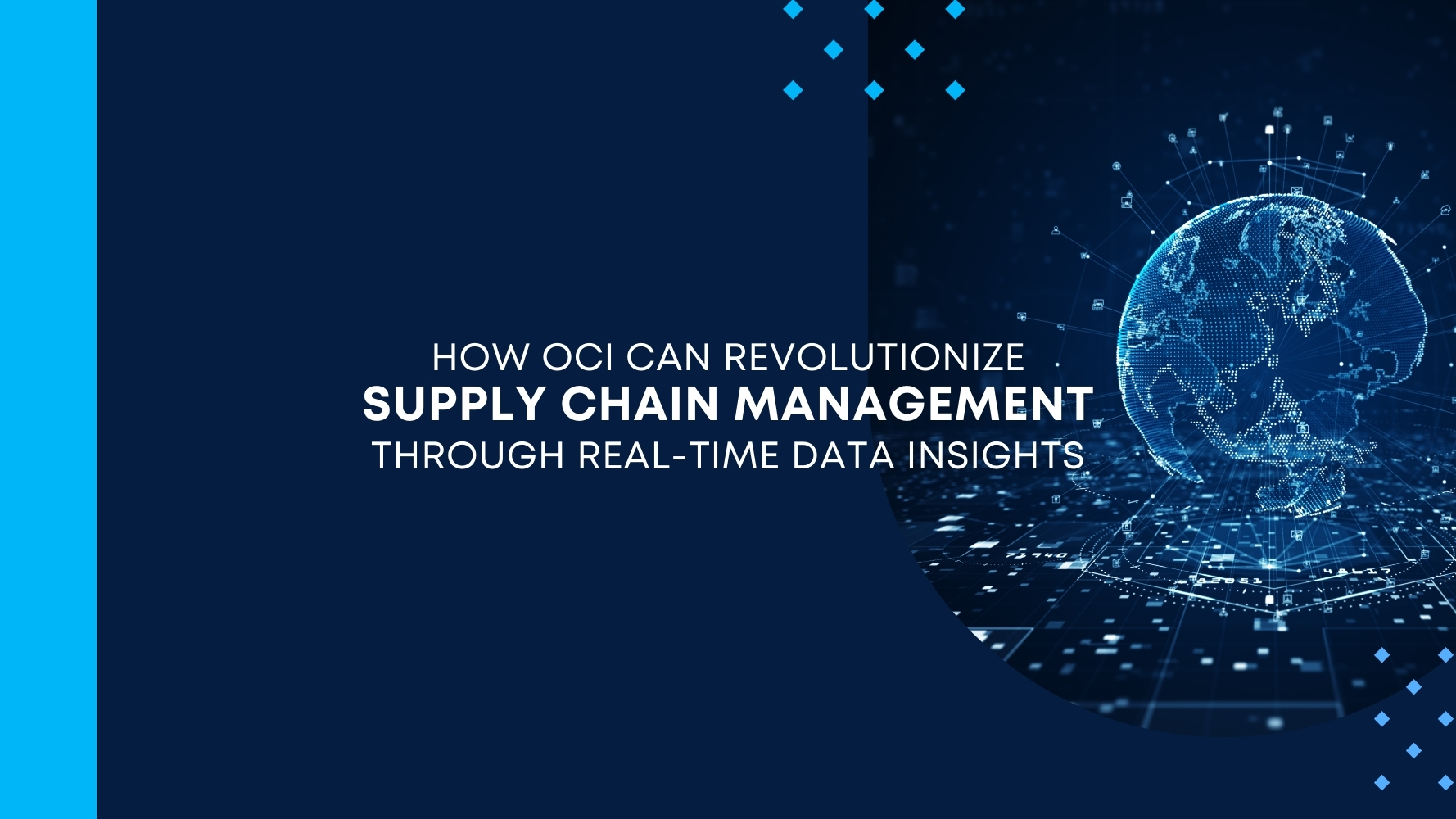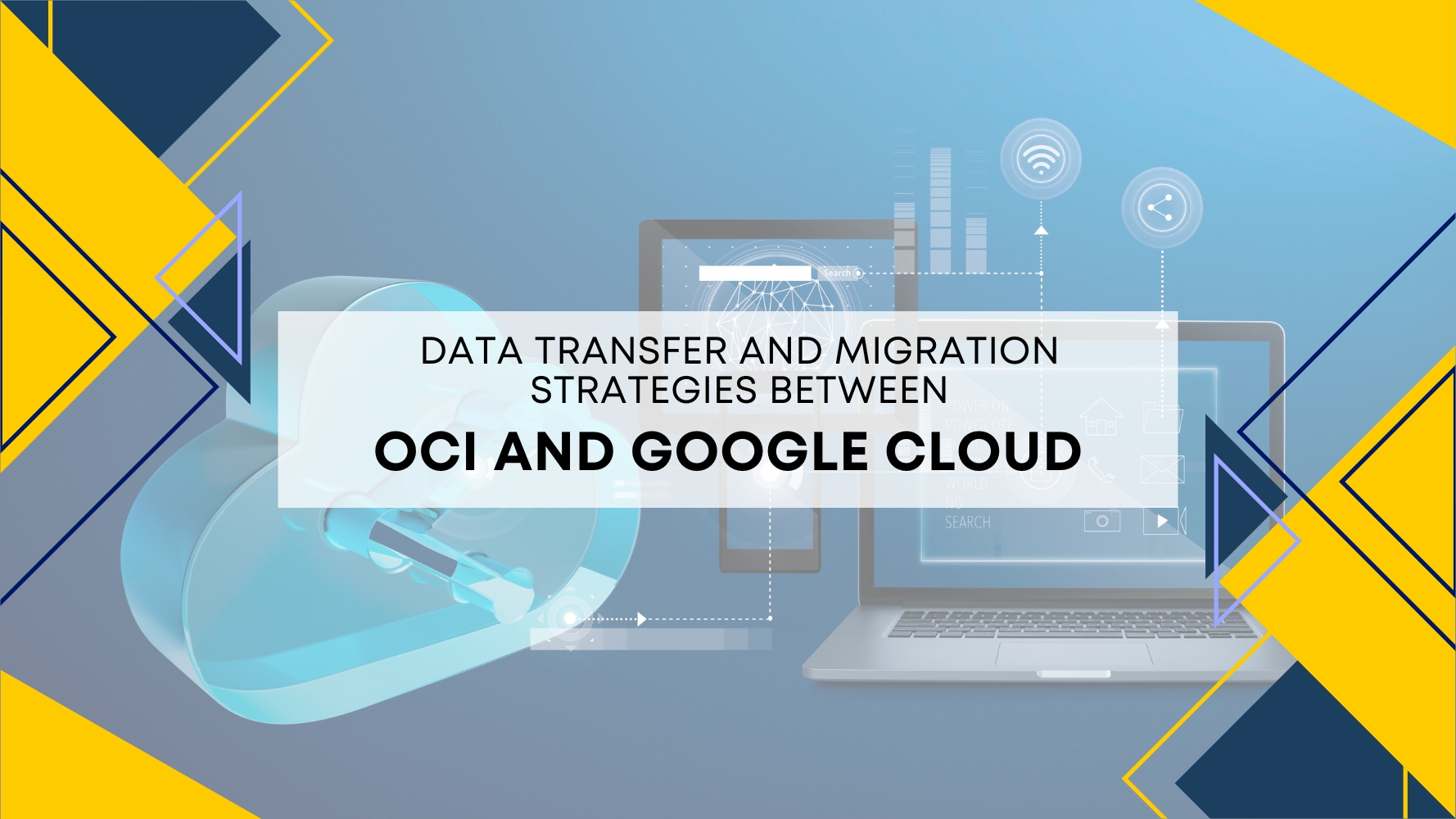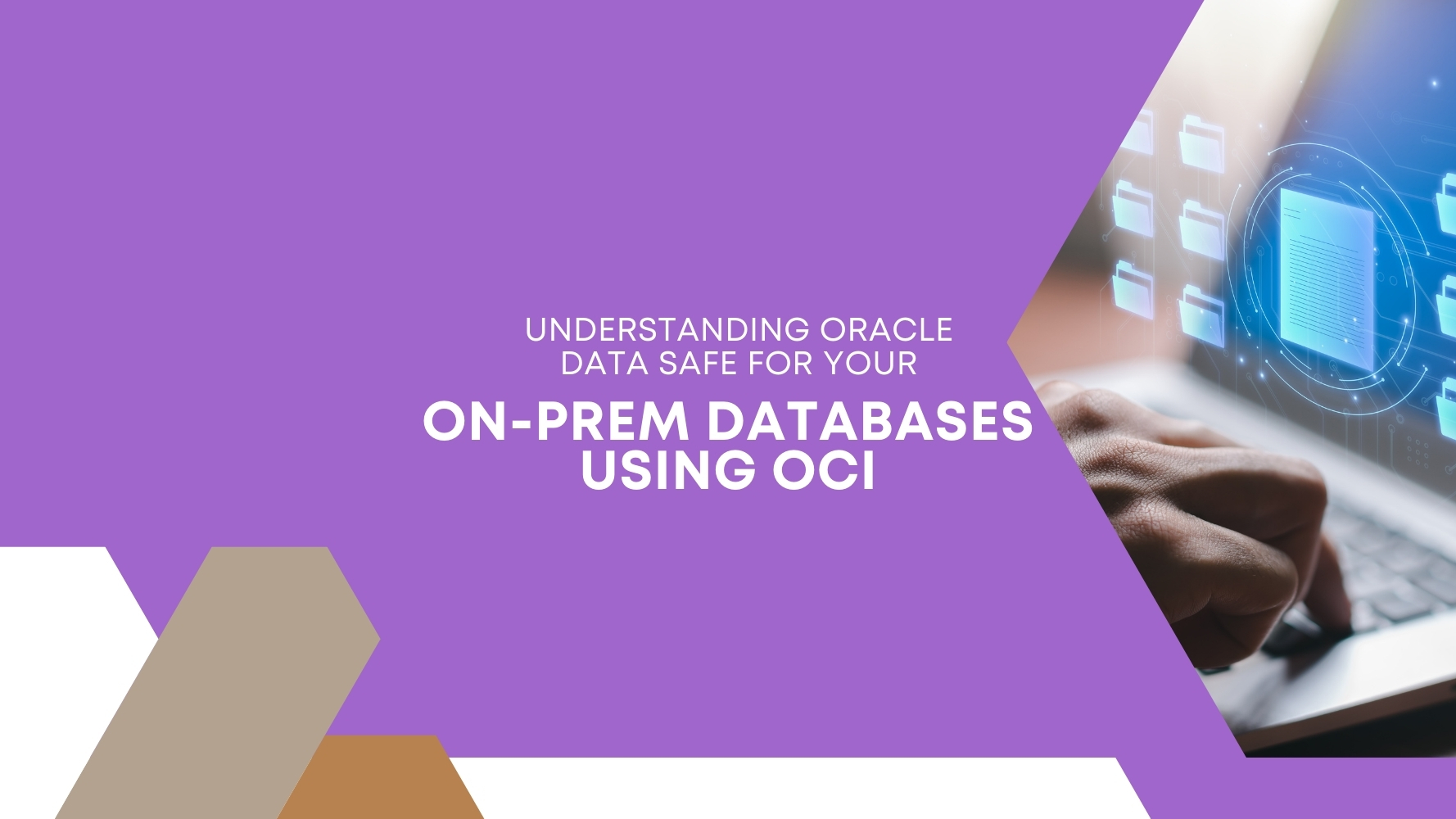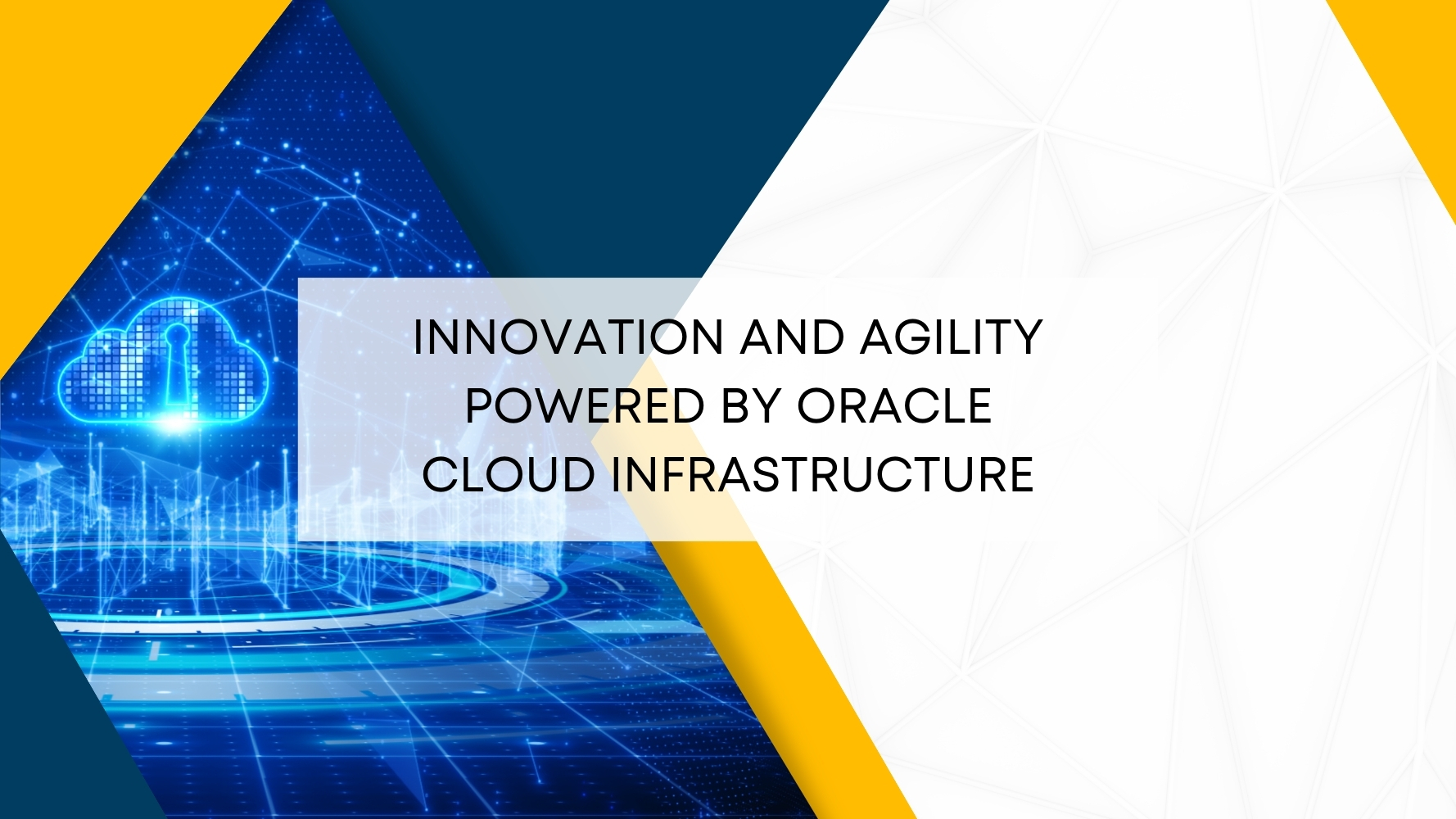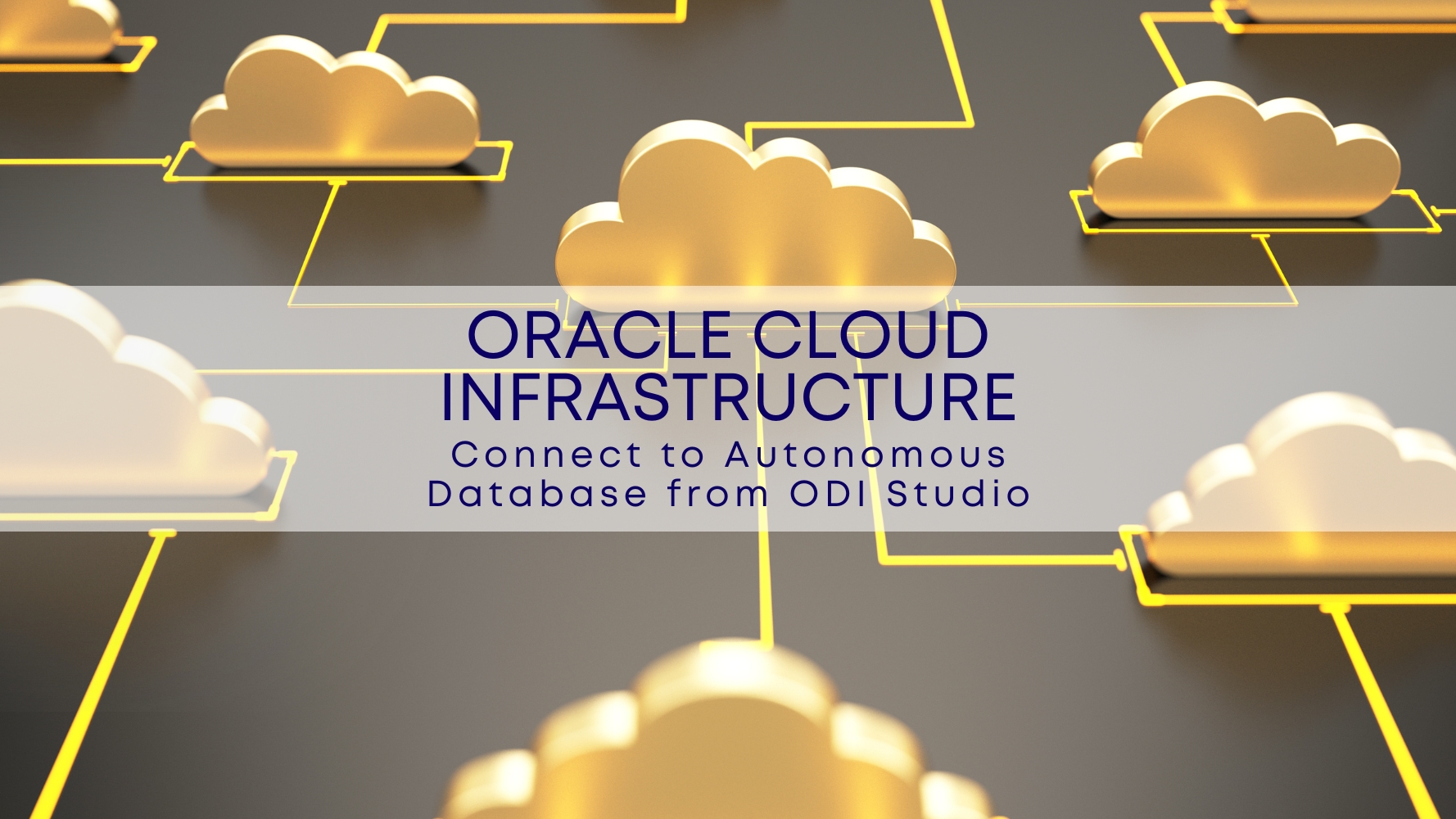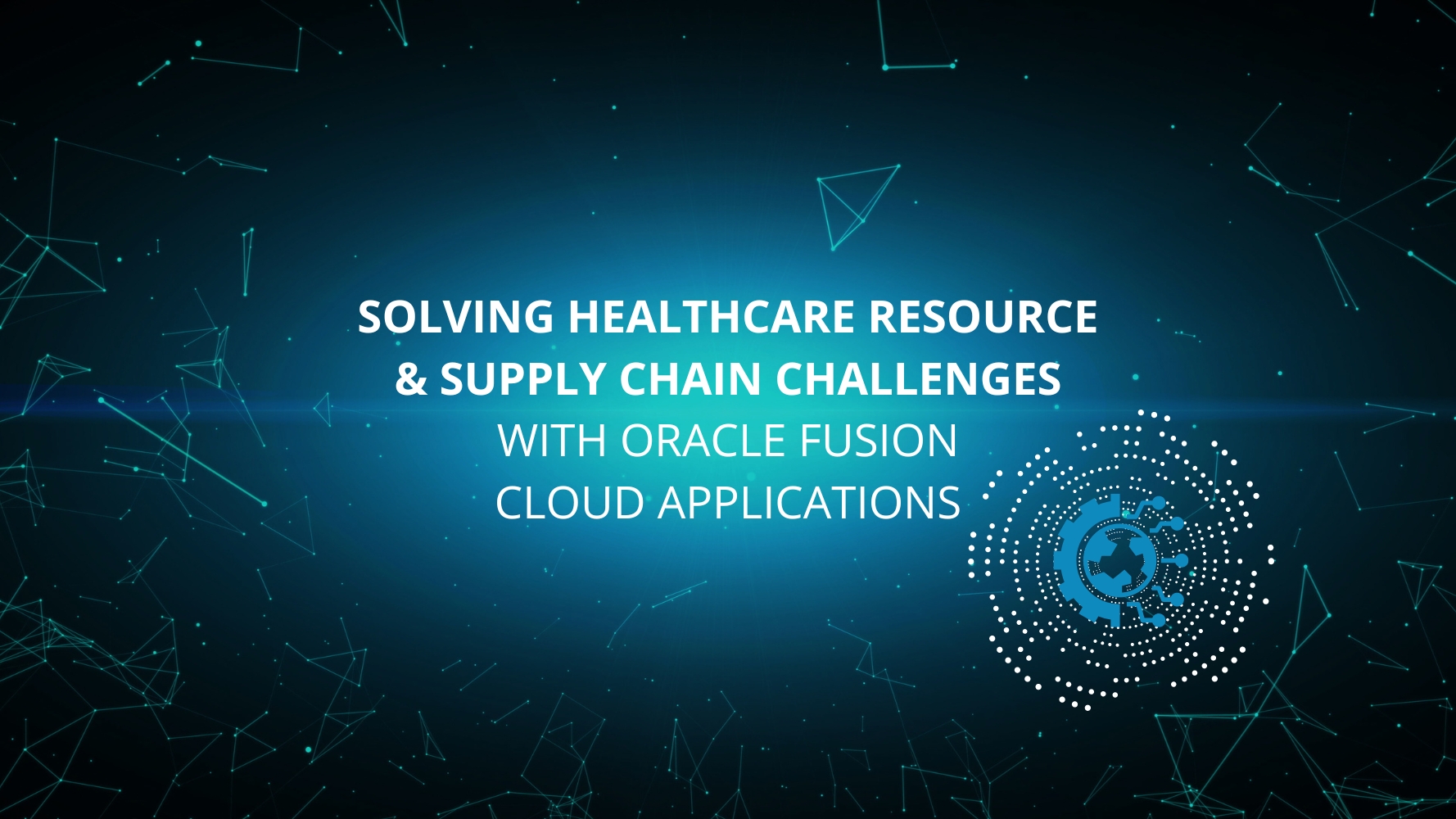Introduction
In the ever-evolving landscape of technology, Web3 is emerging as a game-changer. It represents a paradigm shift from centralized systems to decentralized, blockchain-powered networks, enabling new possibilities in various industries. However, the success of Web3 depends on the infrastructure that supports it. In this blog, we will delve into how Oracle Cloud Infrastructure (OCI), offered by Tangenz, an Oracle Implementation Partner, plays a pivotal role in saving costs and enhancing performance in the Web3 era. We will explore the capabilities of OCI and its integration with Oracle Fusion Cloud and Oracle Integration Cloud, shedding light on the transformational potential of this dynamic combination.
Understanding Oracle Cloud Infrastructure (OCI)
Oracle Cloud Infrastructure (OCI) is Oracle’s flagship cloud computing platform, designed to deliver high-performance cloud services that meet the requirements of modern businesses. It combines the elasticity and cost-effectiveness of public clouds with the control and security of on-premises infrastructure.
1.Cost Savings through Elastic Scalability:
OCI offers a pay-as-you-go pricing model, allowing organizations to scale their resources up or down based on demand. This elasticity is crucial in the Web3 era, where workloads can be highly variable. With OCI, businesses can avoid over-provisioning and only pay for the resources they actually use, leading to significant cost savings.
2.Performance Optimization:
OCI provides a high-performance computing environment with options for specialized hardware such as GPUs and low-latency networking. This is crucial for Web3 applications, which often involve complex cryptographic computations and real-time interactions. By leveraging OCI’s performance capabilities, organizations can ensure that their Web3 applications run smoothly and efficiently.
Oracle Fusion Cloud and OCI Integration
Oracle Fusion Cloud is a comprehensive suite of cloud applications that covers various aspects of business operations, from finance and HR to supply chain and customer experience. Integrating with OCI unlocks several benefits for organizations operating in the Web3 space.
1.Seamless Data Integration:
Web3 applications often require real-time access to data from various sources. OCI’s robust networking capabilities and integration tools make connecting Oracle Fusion Cloud applications with external data sources easier, ensuring that Web3 applications have access to the most up-to-date information.
2.Security and Compliance:
Security is paramount in Web3, where data privacy and trust are foundational. OCI offers advanced security features such as Identity and Access Management (IAM), DDoS protection, and encryption at rest and in transit. By integrating Oracle Fusion Cloud with OCI, organizations can enhance the security of their Web3 applications and ensure compliance with industry regulations.
3.Scalability and Resource Optimization:
Oracle Fusion Cloud applications often experience variable workloads. OCI’s scalability and resource optimization capabilities ensure that organizations can handle spikes in demand without compromising performance or overspending on infrastructure.
Oracle Integration Cloud and OCI: Driving Efficiency
Oracle Integration Cloud (OIC) is a powerful tool for connecting applications on-premises and in the cloud. When combined with OCI, it becomes a force multiplier for organizations looking to optimize their Web3 operations.
1.Streamlined Workflows:
Web3 applications often involve complex workflows that require data to flow seamlessly between different systems. OIC simplifies this process by providing pre-built adapters and a low-code development environment. When integrated with OCI, organizations can create efficient and automated workflows that improve overall performance.
2.Real-time Data Synchronization:
In the world of Web3, where data is distributed across multiple nodes and systems, real-time data synchronization is critical. OIC’s capabilities for data mapping, transformation, and event-driven integration ensure that data is always up to date across all connected systems, enhancing the responsiveness of Web3 applications.
3. Cost Efficiency:
OIC’s ability to automate and optimize data integration processes can lead to significant cost savings. By reducing manual intervention and streamlining data flows, organizations can operate more efficiently and allocate resources where they are needed most.
Case Studies: Tangenz’s Success Stories
To illustrate the real-world impact of OCI, Oracle Fusion Cloud, and Oracle Integration Cloud in the Web3 landscape, let’s explore a few case studies of organizations that partnered with us to achieve remarkable results.
Case Study 1: Decentralized Finance (DeFi) Startup
A DeFi startup sought to create a Web3 platform for decentralized lending and borrowing. They faced the challenge of handling a rapidly growing user base and managing complex smart contracts. Tangenz implemented Oracle Fusion Cloud applications for financial management and integrated them with OCI for scalability and performance.
Results:
– Achieved 40% cost savings by leveraging OCI’s elasticity.
– Ensured real-time access to financial data, enhancing user experience.
– Scaled seamlessly to accommodate a 300% increase in users within three months.
Case Study 2: Supply Chain on the Blockchain
A manufacturing company wanted to implement blockchain technology to improve supply chain transparency. Tangenz integrated Oracle Integration Cloud with OCI to connect the blockchain network with their existing supply chain management system.
Results:
– Reduced data reconciliation time by 75% through real-time data synchronization.
– Enhanced supply chain visibility, leading to improved decision-making.
– Maintained data integrity and security on the blockchain with OCI’s robust features.
Case Study 3: Web3 Gaming Platform
A gaming company aimed to create a Web3 gaming platform where in-game assets would be tokenized on the blockchain. We at Tangenz implemented Oracle Fusion Cloud for user management and integrated it with OCI for high-performance infrastructure.
Results:
– Achieved sub-second response times, ensuring a seamless gaming experience.
– Reduced infrastructure costs by 30% through OCI’s resource optimization.
– Enabled secure and scalable in-game asset tokenization on the blockchain.
Conclusion
As Web3 continues to reshape industries and redefine how businesses operate, the choice of cloud infrastructure becomes increasingly critical. Oracle Cloud Infrastructure (OCI), in conjunction with Oracle Fusion Cloud and Oracle Integration Cloud, empowers organizations to harness the full potential of Web3 while achieving cost savings and superior performance. At Tangenz, an Oracle Implementation Partner, we play a pivotal role in guiding organizations on this transformative journey.
Write to us at [email protected] to explore more about OCI implementations and Web3.
